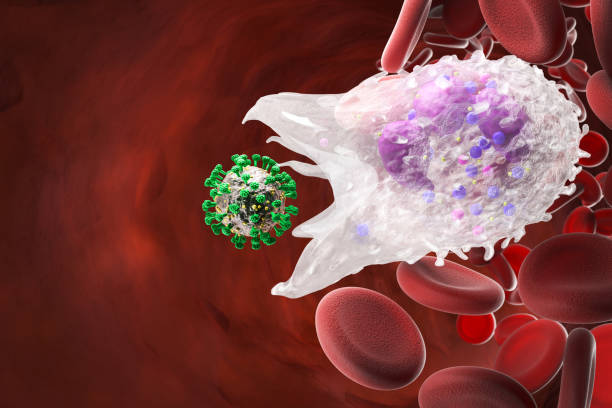Glucagon-like peptide-1 (GLP-1) produces essential metabolic effects that are especially beneficial for people with type 2 diabetes. But what exactly are the metabolic actions of GLP-1? This post will give you the answers.
GLP-1 and Insulin Secretion
GLP-1 is primarily known for its role in boosting insulin secretion. When you eat, GLP-1 is released from the L-cells in the intestines. It binds to receptors on pancreatic beta cells, which then boost insulin release in a “glucose-dependent” manner. What this means is that GLP-1 lowers blood sugar levels effectively when glucose is present.

GLP-1’s Broad Metabolic Effects
GLP-1 does more than just regulate blood sugar levels. Here are its main metabolic health actions:
Pancreas
GLP-1 not only increases insulin secretion but also supports the growth and survival of beta cells. Moreover, it suppresses the release of glucagon in alpha cells, a hormone that raises blood sugar levels thus contributing significantly to its glucose-lowering effect.
Gastrointestinal Tract
GLP-1 slows gastric emptying, which means food is released more slowly from the stomach into the intestines. This in turn slows down glucose absorption and prevents any sharp rises in blood sugar levels.
Cardiovascular System
GLP-1 improves heart function, lowers blood pressure, and offers protection against heart disease. Clinical trials have shown that GLP-1-based therapies can reduce the risk of cardiovascular events in people with type 2 diabetes.
Liver
GLP-1 is known to reduce fat accumulation in the liver and improve liver enzyme levels, which is beneficial for people with fatty liver disease and diabetes. It also prevents the liver from over-producing glucose.
Muscles and Fat
GLP-1 promotes glucose uptake in muscle and fat tissues and boosts their ability to use glucose for energy balance which helps in lowering blood sugar levels.
Brain
In the brain, GLP-1 regulates appetite and food intake so you will tend to feel full quickly and avoid overeating.
Kidneys
GLP-1 influences kidney function by increasing sodium excretion, which helps in lowering blood pressure and improving cardiovascular health.
The Therapeutic Implications of GLP-1 RAs
Given its broad range of actions, GLP-1 has become a target for developing new therapies for type 2 diabetes and obesity. GLP-1 receptor agonists (drugs that mimic the action of GLP-1) are already in use and have shown significant benefits in controlling blood sugar levels, reducing body weight, and lowering cardiovascular risks.
What are the Clinically Approved GLP-1 Drugs?
GLP-1 receptor ligands mimic the action of the natural hormone GLP-1 and are designed to be more stable and longer-acting than natural GLP-1. They come in two types – short acting and long acting.
Short-acting GLP-1 receptor ligands (Exenatide and Lixisenatide) elevate GLP-1 levels for about 2-3 hours. They work quickly to delay gastric emptying and reduce blood sugar levels after meals. On the other hand, long-acting GLP-1 receptor ligands (Liraglutide, Exenatide-LAR Albiglutide and Dulaglutide) provide a prolonged activation of GLP-1 receptors for over 24 hours. These drugs help in reducing fasting blood glucose levels and provide more consistent blood sugar control.
In terms of HbA1c reduction, long-acting GLP-1 receptor ligands tend to offer greater improvements compared to short-acting ones. Both short and long-acting GLP-1 receptor ligands promote weight loss, primarily through their actions on the central nervous system and hypothalamus. However, short-acting ligands are more effective at reducing post-meal blood sugar spikes.
Development and Approval of GLP-1 Receptor Mimetics
Exenatide was the first GLP-1 receptor ligand approved in 2005 for type 2 diabetes (administration is 2x daily via injection). This was followed by Liraglutide in 2010, a once-daily drug. Exenatide-LAR became the first once-weekly GLP-1 receptor mimetic in 2012. Other drugs such as Dulaglutide, Albiglutide, Lixisenatide and Semaglutide have also been approved.

GLP-1 receptor mimetics have shown great potential, not only for diabetes and obesity but also for other conditions that involve metabolic functions. The development of orally active GLP-1 drugs marks a major milestone and the combination of GLP-1 receptor activation with other gut hormones in single drugs holds promise for even more effective therapies in the future.